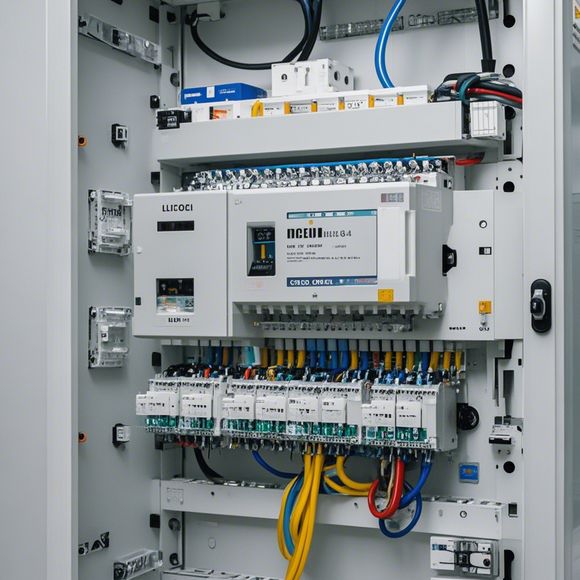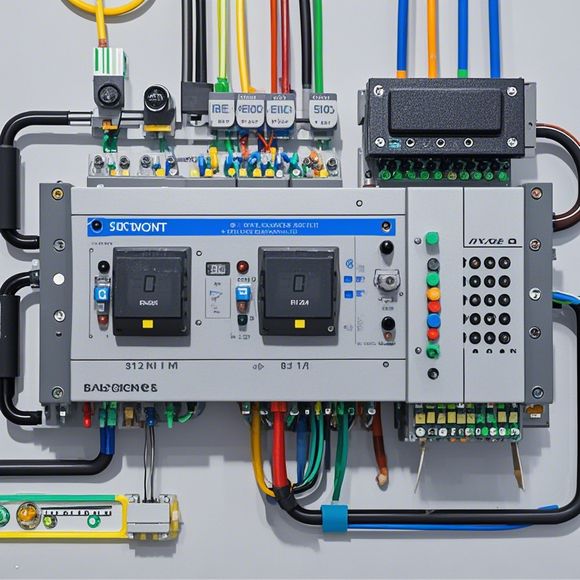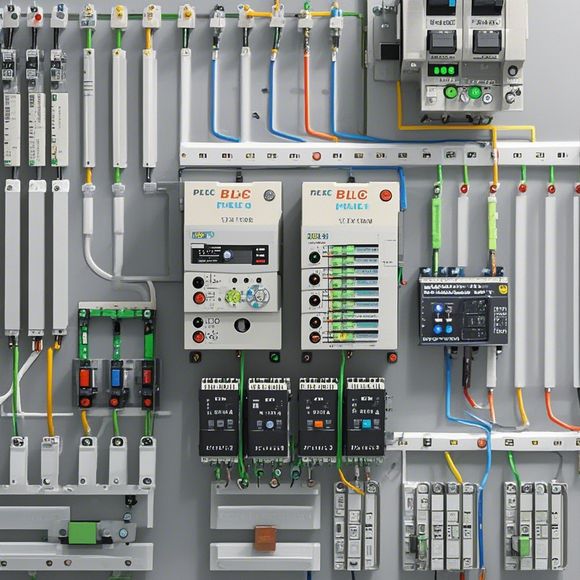Overview of Programmable Logic Controllers (PLCs)
Programmable Logic Controllers, or PLCs, are electronic devices that can be programmed to perform specific functions within industrial settings. These controllers are often used as a central point for controlling and monitoring processes in manufacturing plants, power stations, and many other industries.The primary function of a PLC is to process and analyze information received from sensors, actuators, and other devices within the system. It then sends out commands to control various machines and systems according to preset rules or algorithms.One of the key advantages of using PLCs is their flexibility. They can be easily modified, reprogrammed, and upgraded to accommodate changes in the industrial environment. This allows for efficient and cost-effective operations, as well as improved safety measures due to better control over machinery and equipment.Overall, programmable logic controllers are essential tools for modern industrial applications, offering a high degree of control and automation that can significantly improve productivity and efficiency.
Introduction:

Programmable logic controllers (PLCs) are essential devices used in industrial automation to control and monitor systems. They are designed to handle complex tasks such as monitoring, controlling, and managing industrial processes with high efficiency and reliability. PLCs have become increasingly popular in modern manufacturing and other industries due to their ability to integrate various types of sensors and actuators into a single system. In this article, we will discuss the working principles of PLCs and how they can be used to improve the efficiency and safety of industrial processes.
Control Loops:
PLCs work by controlling a process through a series of control loops. Each control loop involves monitoring a specific aspect of the process and adjusting the output signal based on the input data received from sensors or other sources. For example, an PLC may monitor the temperature of a heating system and adjust the power supply if the temperature exceeds a predefined limit. This allows for precise control of the process without relying on human intervention or manual adjustments.
Input/Output Modules:
PLCs contain input/output modules that allow them to communicate with other devices in the system. These modules include digital input/output ports that can be used to connect sensors or actuators, as well as analog input/output ports that can be used to interface with other analog signals. By using these modules, PLCs can receive and send information between different components in the industrial system, making it possible to automate many processes.
Programmability:

Another key feature of PLCs is their programmability. Users can write and configure programs that define the desired behavior of the system. These programs can be written in different programming languages such as ladder language or structured text, allowing for easy modification and customization of the system. Additionally, PLCs can be programmed to perform various tasks such as counting, timing, temperature control, and more, depending on the needs of the specific application.
Process Control:
The ability of PLCs to control industrial processes has revolutionized the way we approach manufacturing and other industrial operations. With PLCs, we can now control a wide range of industrial processes, including those involving chemical reactions, metallurgy, textiles, and more. By using PLCs, we can achieve higher production rates, better quality control, and reduced energy consumption while minimizing waste and increasing efficiency.
Real-Time Monitoring:
One of the benefits of using PLCs is their ability to provide real-time monitoring of industrial processes. With PLCs, we can monitor critical parameters such as temperature, pressure, flow rate, and more in real-time, allowing us to make informed decisions quickly and effectively when needed. This helps to minimize downtime, reduce risks associated with process failures, and improve overall system stability and safety.
Flexibility and Customization:

Another important advantage of using PLCs is their flexibility and customization capabilities. PLCs can be configured to meet the specific needs of any industrial process, whether it involves simple control tasks or more complex multivariable processes. By using PLCs, we can tailor the system to our specific requirements, reducing development time and cost while maximizing productivity and efficiency.
Conclusion:
Programmable logic controllers (PLCs) are an essential tool for industrial automation. By controlling industrial processes through a series of control loops and providing real-time monitoring capabilities, PLCs help to increase production rates, minimize waste, and improve overall efficiency and safety. With their programmability, configurability, and flexibility, PLCs can be customized to meet the needs of any particular application, making them a valuable addition to any manufacturing or industrial operation.
Content expansion reading:
Articles related to the knowledge points of this article:
PLC Programming for Automation Control in the Manufacturing Industry
How to Use a PLC Controller for Your Business
PLC (Programmable Logic Controller) Control System Basics
Plumbers Rule! The Role of PLC Controllers in the World of Waterworks
The Role of Programmable Logic Controllers (PLCs) in Foreign Trade Operations